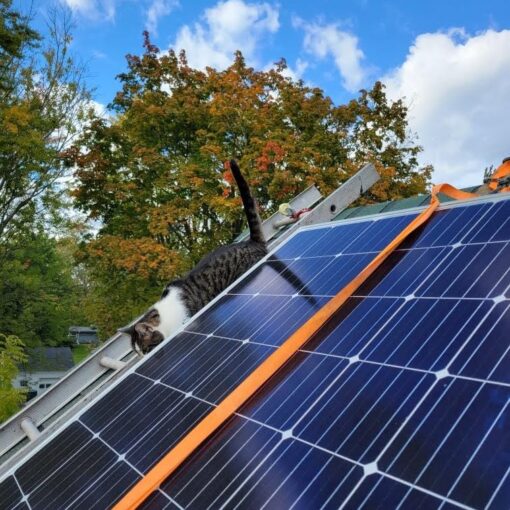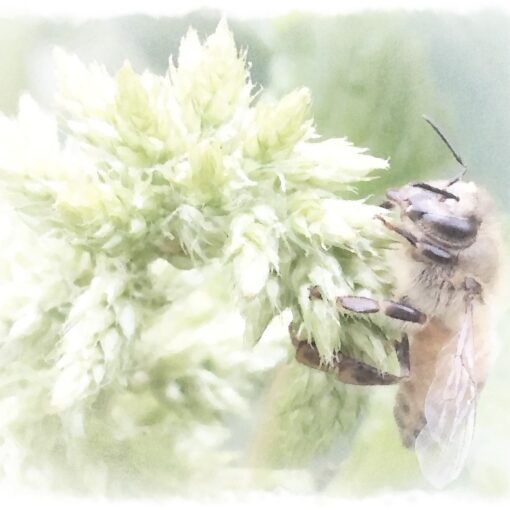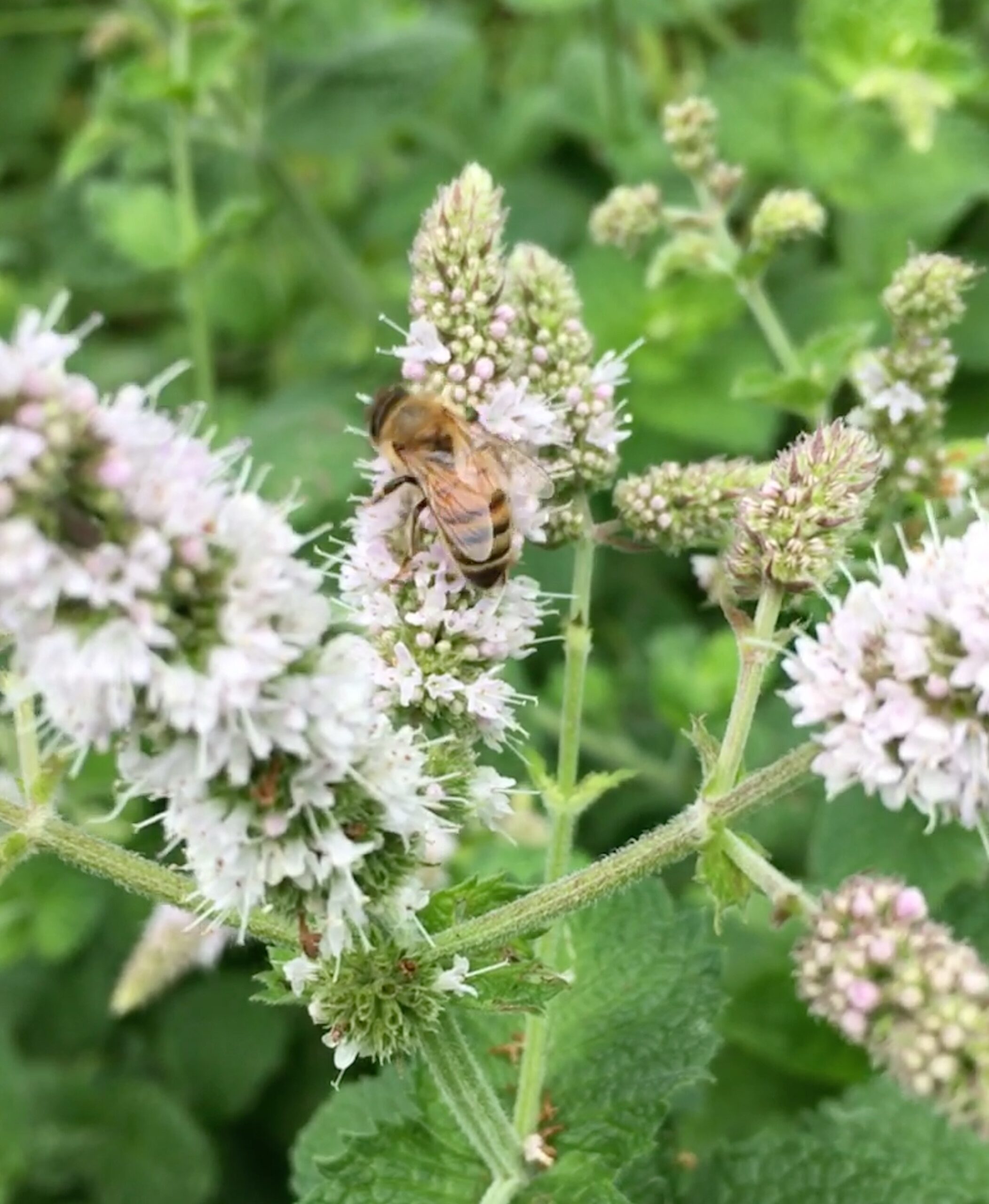I made a quick mix of homemade pollen patties and in preparation for a warm day last week made a block of bee-candy. The sun was bright and wind was fairly calm, the bees made an appearance so I decided to risk a peek. I quickly opened all the hives and its official. Five hives are alive and 7 are dead. That is 60% loss for me this year. I put in a small pollen patty and added bee-candy where I could. I guess I got away easy last year so this makes up for it. I am getting 3 Russian packages with marked queens shipped and I am also getting 2 local NUCs from a guy near Utica. A little worried about getting bees shipped as not very confident that the USPS will get theme here in 2 days. I ordered early as an insurance policy. The packages will be here late May so if I can get them established I could get honey off the packages but it would be more work to build them up for winter. I paid $3 extra for marked queens as thought it would be fun for showing folks a working hive.
AUTHOR
Ward
You may also like
I finally got around to adapting the existing scripts to crunch the data from the house. Charting solar performance data is a […]
Plants and insects have been evolving in unison for millions of years and have benefited from an elegant symbiotic relationship. This relationship has provided plants a willing host to convey pollen in trade for valuable high energy cocktail called nectar. Residual pollen is an added bonus protein source. A new dynamic is disrupting the alignment of this interaction. Climate change is affecting this coordinated inter species relationship by disrupting the flower blooming cycle. Plants have evolved a response to the spring warming cycle that starts the flowering process in most of the northern hemisphere.
A brutal winter for bees and I’m sure that other beekeepers are wondering what spring holds and we will all shortly take a tally of the carnage. I am convinced that overwinter honeybee survival essentially depends on 2 things
Anyone can create a welcoming garden for pollinators. Turning your own yard or other property such as a schoolyard, work landscape, or roadside green space into a pollinator habitat is fun, easy and can make a difference for birds also. Planting a few flowers for your honey bees is like adding a few gallons of water to the ocean. Honeybees need on average about a square mile of good cover to forage on. However, adding a diverse mix of flowering plants to your garden will also attract butterflies, moths, hummingbirds, along with native bee species and the occasional wasps. These insects are essential to our survival and need to be welcomed into at the least a corner of our backyards. Besides providing a food source for pollinators flowers provide cover for other wildlife such as birds and also reduce neighborhood mowing area.


